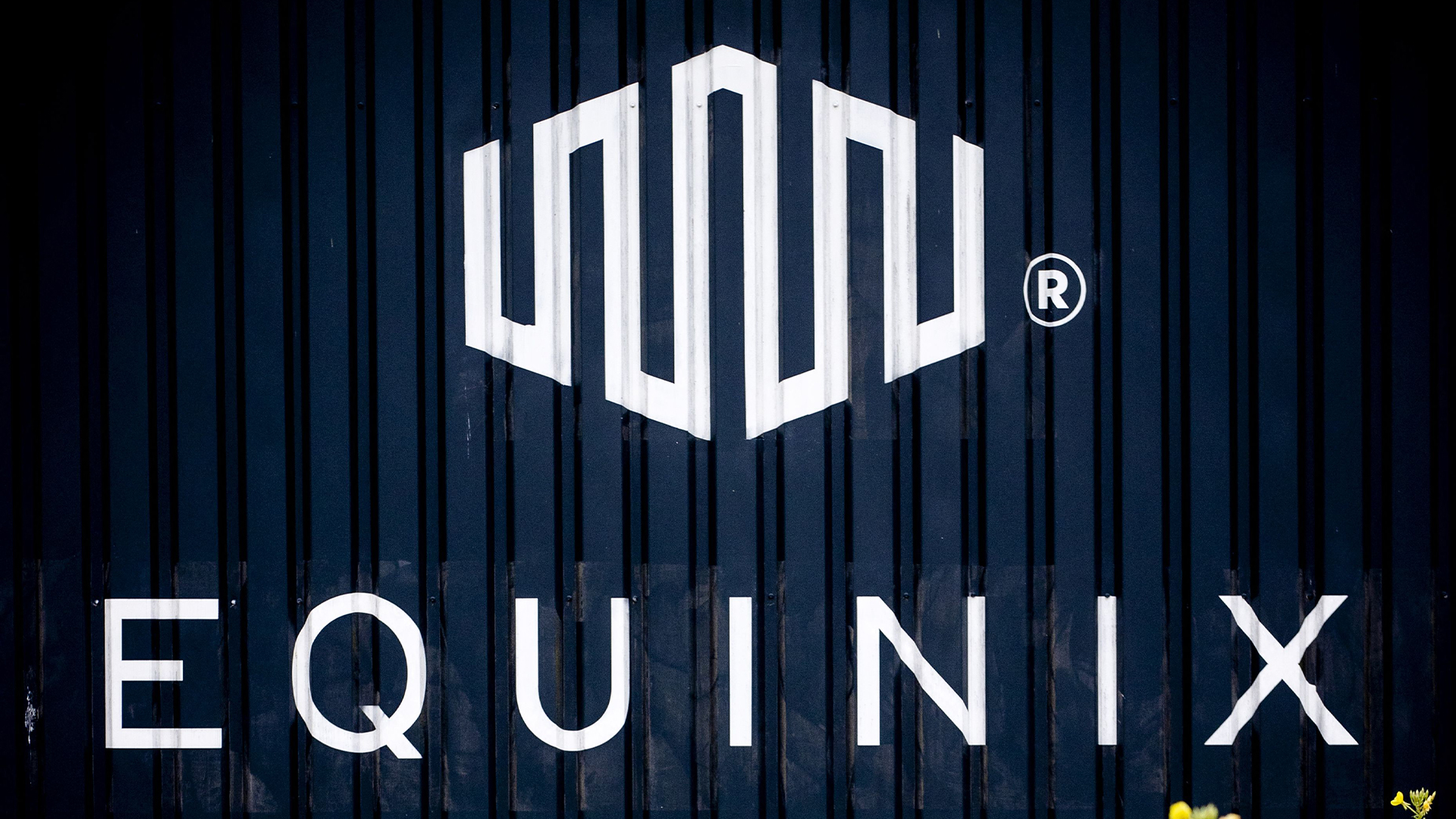Microsoft Exchange Server 2010 review
In this review, we look at the changes the latest version of Exchange brings to the table to see if it's worth upgrading.

Exchange 2010 is a relatively minor release for end users, but it delivers significant improvements in storage architecture and management that will please administrators. While Exchange 2010 is an excellent product, its complexity makes it best suited to large organisations or hosted services.
Windows Server 2008, on a Windows domain with Active Directory to the level of at least Server 2003. We installed it on Server 2008 R2, and were impressed by the way the setup verifies all the prerequisites before proceeding with the installation. Unfortunately Exchange does not yet run on Server Core; it appears that the Exchange team has not yet managed to untangle all the dependencies.
Although we put all the server roles on one server for testing, this is not recommended for deployment. Microsoft suggests you have at least two, one for the Hub Transport, Mailbox and Client Access roles, and another for the internet-facing Edge Transport role, for security reasons.
The architectural changes are all very well, but are there any changes users will notice? There are a few. One is that Outlook Web Access (OWA), the browser-based access to Exchange, has been updated with new features and full support for Firefox and Safari as well as Internet Explorer. Enhancements include a side-by-side calendar view, conversation view for threaded messages (also surfaced in Outlook 2010), better searching and filtering, and text message support. The new Exchange Control Panel is a companion to OWA that gives access to a range of settings that previously required the full Outlook client.
Further, if you lose your mobile phone, you can initiate a remote device wipe from the browser. Microsoft is making browser-based Exchange more feasible as an alternative to Outlook, though it still lacks the speed and usability of Google's Gmail.

Setup is complex, but checking for prerequisites improves the chance of success.
Another area of focus is messaging policy and compliance. One aspect of this is personal archiving. In previous versions of Exchange and Outlook, archives live in local PST (Personal Store) databases where they are prone to getting lost, or spread over several machines. Exchange 2010 introduces server-side personal archives that are stored and moved with the primary mailbox. The downside is that more space is needed on the server, but alongside Microsoft's overall storage efforts in Exchange 2010, server-side archiving does make sense.
Sign up today and you will receive a free copy of our Future Focus 2025 report - the leading guidance on AI, cybersecurity and other IT challenges as per 700+ senior executives
-
 Analysts warn AI layoffs could spark a new wave of offshoring – enterprises are rehiring after workforce cuts, but either outsourcing or at lower rates of pay
Analysts warn AI layoffs could spark a new wave of offshoring – enterprises are rehiring after workforce cuts, but either outsourcing or at lower rates of payNews Analysts expect a wave of rehiring next year in the wake of AI layoffs. That may sound like good news for workers, but it'll probably involve offshoring or outsourcing.
By Nicole Kobie Published
-
 Hackers are using these malicious npm packages to target developers on Windows, macOS, and Linux systems – here’s how to stay safe
Hackers are using these malicious npm packages to target developers on Windows, macOS, and Linux systems – here’s how to stay safeNews Security experts have issued a warning to developers after ten malicious npm packages were found to deliver infostealer malware across Windows, Linux, and macOS systems.
By Emma Woollacott Published
-
 Equinix announces multi-billion pound data center investment in ‘huge win’ for UK
Equinix announces multi-billion pound data center investment in ‘huge win’ for UKNews The Hertfordshire site will double Equinix’s processing capacity in the UK
By Emma Woollacott Published